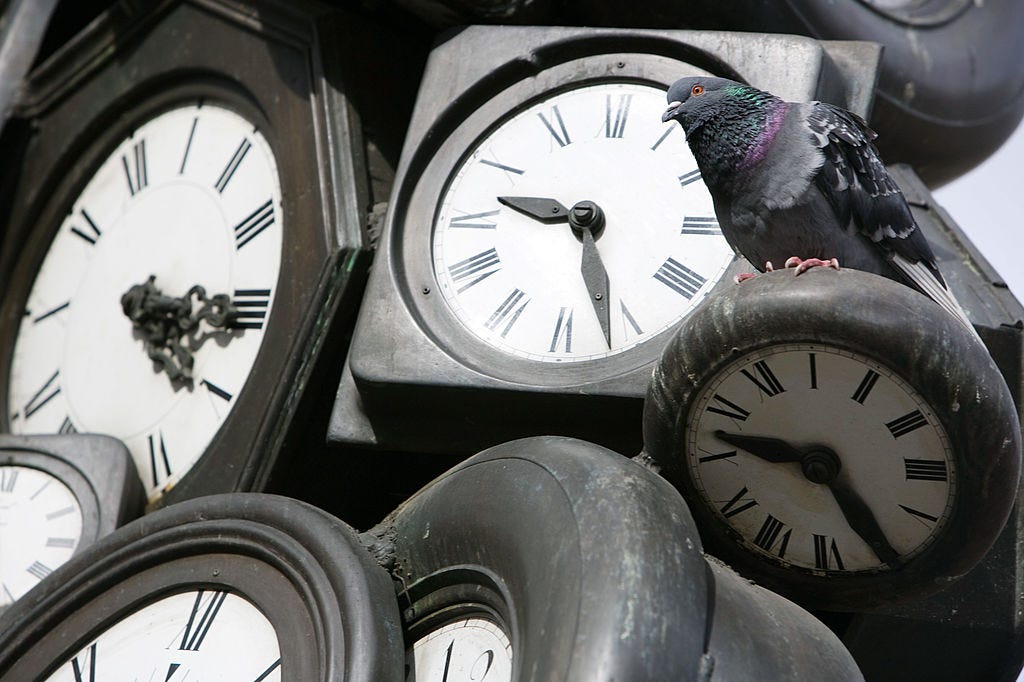Home / Weather / Daylight Saving Time Ends Soon, Bringing Longer Nights Across America
Daylight Saving Time Ends Soon, Bringing Longer Nights Across America
22 Oct
Summary
- Daylight saving time ends in just a few weeks on November 2, 2025
- Most U.S. states still observe daylight saving time, gaining an extra hour of sleep
- Hawaii and Arizona do not participate in daylight saving time

As of October 22, 2025, daylight saving time is set to end in just a few weeks on November 2. This means that millions of Americans will soon be gaining an extra hour of sleep as they "fall back" and adjust their clocks. However, the change will also result in earlier sunsets and longer nights for many parts of the country.
Despite growing support to stop the twice-yearly clock change, most of the United States will still observe daylight saving time this year. The practice involves adjusting clocks ahead by one hour during the spring and summer months to provide more daylight in the evenings. In the fall, clocks are then shifted back an hour to give more daylight in the mornings.
While the majority of the U.S. will participate in this time shift, there are a few notable exceptions. Hawaii and most of Arizona do not observe daylight saving time, as their desert and equatorial climates mean there is less variance in daylight hours throughout the year. The Navajo Nation, located in parts of Arizona, Utah, and New Mexico, is the only area within those states that does follow daylight saving time.
As the Northern Hemisphere tilts away from the sun in the coming months, the days will continue to grow shorter, with the winter solstice on December 21, 2025, marking the shortest day of the year. For many Americans, the end of daylight saving time will mean earlier sunsets and longer, darker nights until the cycle begins again in the spring.




